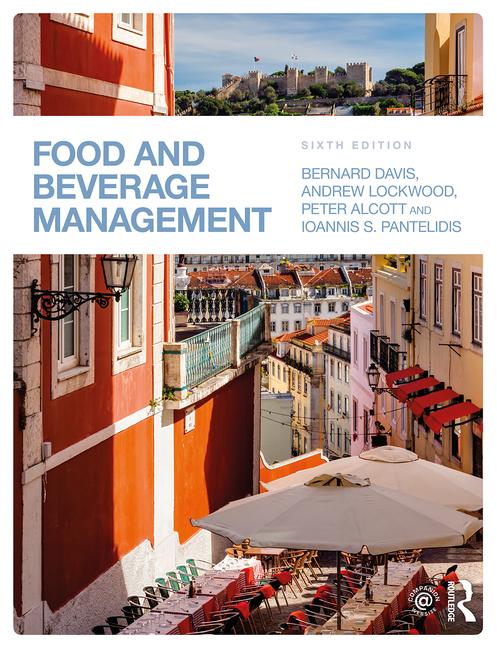Channel Strategies: Category management becomes a moving target
When approaching retail strategy, certainly analyzing the effect of the recession is imperative. And in category management, recessionary considerations are no exception.
“We are finding that consumers’ needs and wants are changing very quickly these days because financial situations and rituals are related to those situations,” says Susan Viamari, editor of SymphonyIRI’s Times & Trends report. “Shopping patterns are changing and because consumers aren’t looking for the same things in the same ways consistently, it’s harder and harder for [consumer product goods (CPG)] marketers to anticipate and fulfill those needs.”
According to a recent issue of Times & Trends from the Chicago-based market research firm, “In an increasingly complex CPG arena, the supply chain is becoming more difficult to manage. As it evolves, it must do so with the consumer at its core.”
Experts agree that those involved in the category management process must commit to it.
“Don’t go into it as something that you check off your list,” says Stuart Taylor, vice president of customer analytics at The Nielsen Co., New York. “If you’re going to invest, go all the way. The big questions to ask are: If you’re going to do this, what makes you unique or different in this space? How are you going to use category management practices to build trust with retailers?”
Consumers have high expectations of retailers and manufacturers, and their purchasing decisions make a big impact. SymphonyIRI reports that 82 percent of shoppers rate “store has best selection of products” as an important store selection criteria.
“Consumers still are looking to stores to offer quick and easy shopping experiences,” SymphonyIRI’s Viamari says. “Having the right product, in the right place, at the right time is critical to a shopping experience.”
For beverages, in particular, Nielsen’s Taylor says an opportunity exists. “Beverage is an interesting category because for a long time there was a huge proliferation at the expense of carbonated soft drinks (CSDs),” he says. “But now we’re seeing innovation in CSDs, and we’re seeing expansion opportunities. Beverages drive traffic and are high-turn categories - we’re seeing opportunity to fix the mix within beverage and provide balance appropriately across the spectrum.”
Impact of out-of-stocks
According to SymphonyIRI, more than half of shoppers indicate that if a product is frequently out of stock, they will start buying another brand. And more than a third say that if a retailer is frequently out of stock on a product, they will stop shopping at that store.
“The implications are huge for manufacturers,” Viamari says, pointing out that when shoppers are forced to make a brand switch, it could be to another leading brand or a store brand.
“The question remains: Are you going to get that shopper back?” she adds. “If the new product works for them, that will be it. The cost of keeping a consumer is way lower than trying to win a new consumer.”
Jim Hertel, managing partner at Willard Bishop, Barrington, Ill., points to the long-term impact of out-of-stock items, “When and if the same popular items are regularly out of stock, I think the entire basket is at risk,” he says.
“The industry has been stuck at around 8 percent of items out-of-stock for decades,” Hertel says. “I’d bet the rate in beverages is higher. There has been a lot of innovation over the years without a corresponding increase in space.”
There’s little debate, however, as to the relevance of price, and even further, value. “Consumers’ need for value and the meaning of value need to be addressed,” Viamari says. “We’re finding more and more that it is different for different categories. What does value mean in each segment?”
Hertel concurs, “In today’s economy, value is king and extreme-value retailers show disproportionate growth. So, getting pricing right within the category and relative to competition is mission critical.”
Communication is key
Close partnerships between retailers and CPG manufacturers have - and will be - important to success for both parties. However, given the fast-paced ups and downs of today’s market, these relationships and the lines of communication are more important than ever, Viamari emphasizes.
“CPG manufacturers have to work in close partnership with key retailers to understand how each key consumer is shopping,” she says. “Use those similarities to craft a marketing strategy, including merchandise assortment, distribution and pricing. Sync up, so there is an understanding of how the mutual consumers are alike, and thus be able to ensure the products are where they should be and in the quantity they should be.”
Using available information and sharing data also could contribute to more successful category management, Hertel says. Retailers and manufacturers can place shopper needs in focus through the right data, which helps to make the best decisions, he says.
Nielsen’s Taylor adds, “Category management more and more is not only about smart sales analytics, but bringing insight into how to grow the category.” BI
Looking for a reprint of this article?
From high-res PDFs to custom plaques, order your copy today!




